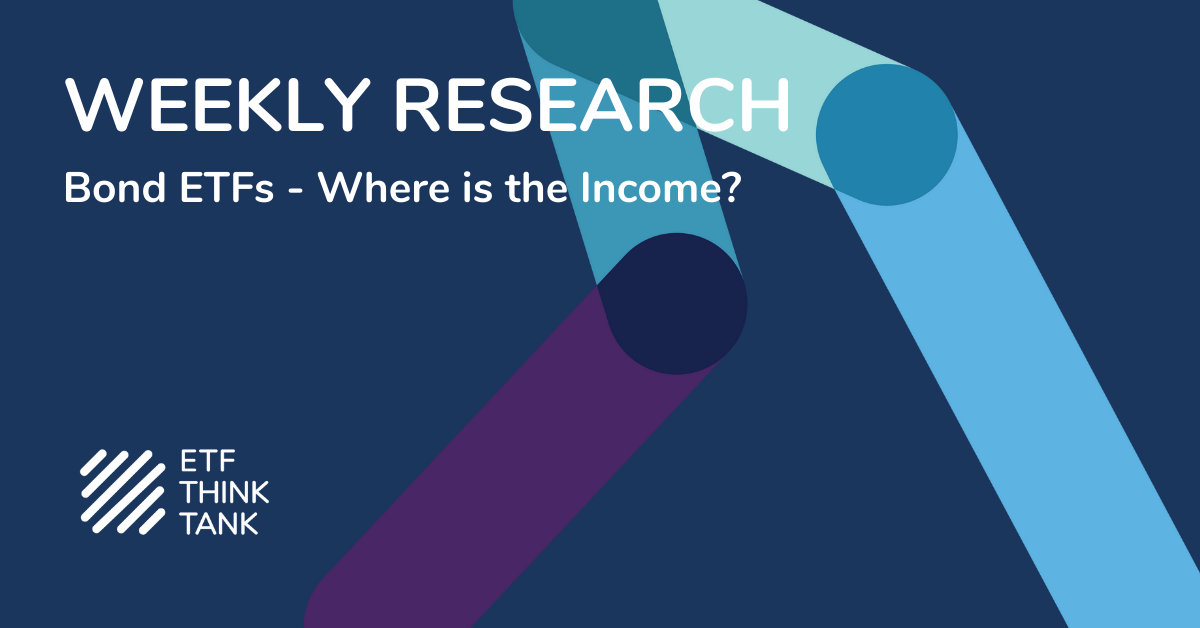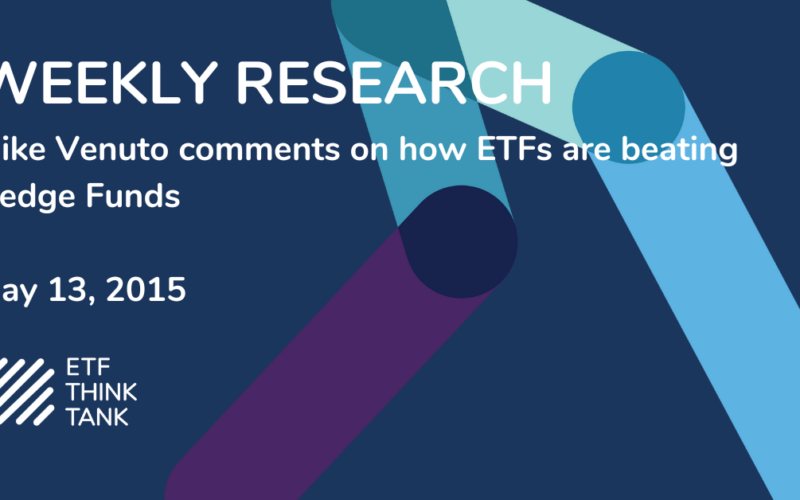Here is a list of the top 25 Fixed Income ETFs in the US by AUM. Excluded from this list are High Yield Bond ETFs, International Bond ETFs, Active ETFs, Leveraged and Inverse ETFs. I believe this is representative list of the standard fixed income market of the traditional bond purchaser and represents $157 billion in assets.

What is the Net Yield?
So what information can we take from this data set? First, the average stated yield, or current yield (the number on Yahoo finance and the fact sheets) is 2.44%. Traditional bond buyers are not concerned with current yield (CY) but rather the yield to maturity (YTM), which is 1.88% in this data set and 23.10% less than the CY. Additionally, the fixed income world remains somewhat opaque and therefore the average premium investors pay (cost of ETFs exceeding the underlying value of the bonds) to purchase these ETFs is about 0.20%, which further reduces the net yield to 1.67% or 31.43% off the CY. Then we need to consider the average expense ratio of 0.18% which gets us to a best-case scenario of 1.49% net yield or 38.93% less than the current yield of 2.44% that is prominently displayed in the advertising.
And, this is before trading costs, such as commissions and advisory fees, and inflation adjustments (Note: if inflation expectations don’t increase the real net yield on Shares Barclays TIPS Bond ETF is actually -0.97%). And for one last comparison, let’s look at the current yield of 2.44% and subtract the average discount (0.20%) and average expense ratio (0.18%) to get a net current yield of 2.06% and compare it to the current yield of SPY (the S&P 500 Index ETF from State Street Global Advisors) at 2.07%, and the income produced by fixed income ETFs looks pretty bleak.
The Income Barbell Portfolio
The fact that Bond ETFs do not currently offer sufficient yield requires flexible and innovative ways to find reliable sources of income in disparate markets. One of the techniques to use to meet the challenges of this “yield drought” is to build an “Income Barbell Portfolio”. This structured approach combines unequal weightings of cash and income-oriented investments to synthetically construct a higher yielding portfolio than investors can find with traditional income investments like bonds or open-end bond funds.
Traditionally, when pursuing a bond barbell strategy, you buy short- and long-term bonds only. Theoretically, this provides the best of both worlds. At the high end of the barbell, you lock in higher rates. On the short end of the barbell, investors have less interest rate and credit risk. And when short-term bonds mature, investors use their proceeds to reinvest.
Investors often use bond barbell portfolios during periods of rising interest rates or when the prospect of higher rates is imminent. By investing in the extremes of the income hierarchy, investors have the potential to increase their portfolio’s overall return while the short end gives an extra margin of safety against credit defaults and interest rate risk.
However, an Income Barbell Portfolio expands the potential universe of income-oriented investments. One of the more sophisticated ways to construct the risk end of the Income Barbell is to combine unequal weightings of Exchange Traded Products (ETPs), closed-end funds, preferred stocks, dividend producing common stocks, REITs and income-oriented MLPs. Place an emphasis on safety and liquidity at one end of the barbell buying cash equivalents and stretch the envelope at the other end by investing in higher yielding, riskier income-producing assets.
One of the biggest champions of the “barbell strategy” is Nassim Taleb, the author of The Black Swan. Taleb believes that all investors are vulnerable to prediction errors –black swans — and that most Modern Portfolio Theory (MPT) risk measurement metrics are fatally flawed. Asset returns are more diversified on the upside and considerably less on the downside — precisely the opposite of what most investors desire particularly when financial turbulence strikes.
Nassim Taleb believes investors should be “hyper-conservative” with most of their monies and “hyper-aggressive” with a small portion of their portfolios instead of putting their money in “medium risk” investments.[1] You put the lion’s share of investable funds in extremely defensive assets and the remainder in more speculative income-yielding assets. High cash reserves and very liquid, short-end maturities on one end coupled with plenty of small bets in the aggressive end of the barbell strategy.
In summary, there are several higher yielding income products that investors can use to cope with a historic Yield Drought. It’s in tough times like the present, that competent and caring financial advisors genuinely earn their keep.
[1] Nassim Nicholas Taleb, The Black Swan: The Impact of the Highly Improbable, Random House, NY 2007, pp.205-06
Disclosure
All investments involve risk, including possible loss of principal.
This material is provided for informational purposes only and should not be considered an individualized recommendation or personalized investment advice. The investment strategies mentioned may not be suitable for everyone. Each investor needs to review an investment strategy for his or her own particular situation before making any investment decision.
All expressions of opinion are subject to change without notice in reaction to shifting market conditions. Data contained herein from third party providers is obtained from what are considered reliable sources. However, its accuracy, completeness or reliability cannot be guaranteed.
Examples provided are for illustrative purposes only and not intended to be reflective of results you can expect to achieve.
The value of investments and the income from them can go down as well as up and investors may not get back the amounts originally invested, and can be affected by changes in interest rates, in exchange rates, general market conditions, political, social and economic developments and other variable factors. Investment involves risks including but not limited to, possible delays in payments and loss of income or capital. Neither Toroso nor any of its affiliates guarantees any rate of return or the return of capital invested. This commentary material is available for informational purposes only and nothing herein constitutes an offer to sell or a solicitation of an offer to buy any security and nothing herein should be construed as such. All investment strategies and investments involve risk of loss, including the possible loss of all amounts invested, and nothing herein should be construed as a guarantee of any specific outcome or profit. While we have gathered the information presented herein from sources that we believe to be reliable, we cannot guarantee the accuracy or completeness of the information presented and the information presented should not be relied upon as such. Any opinions expressed herein are our opinions and are current only as of the date of distribution, and are subject to change without notice. We disclaim any obligation to provide revised opinions in the event of changed circumstances.
The information in this material is confidential and proprietary and may not be used other than by the intended user. Neither Toroso or its affiliates or any of their officers or employees of Toroso accepts any liability whatsoever for any loss arising from any use of this material or its contents. This material may not be reproduced, distributed or published without prior written permission from Toroso. Distribution of this material may be restricted in certain jurisdictions. Any persons coming into possession of this material should seek advice for details of and observe such restrictions (if any).












